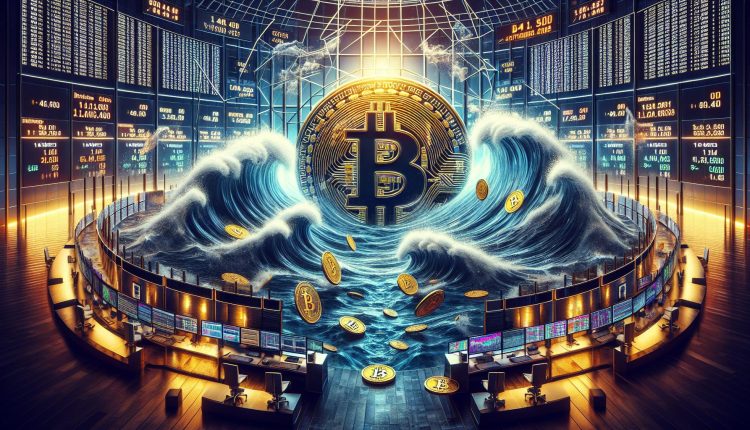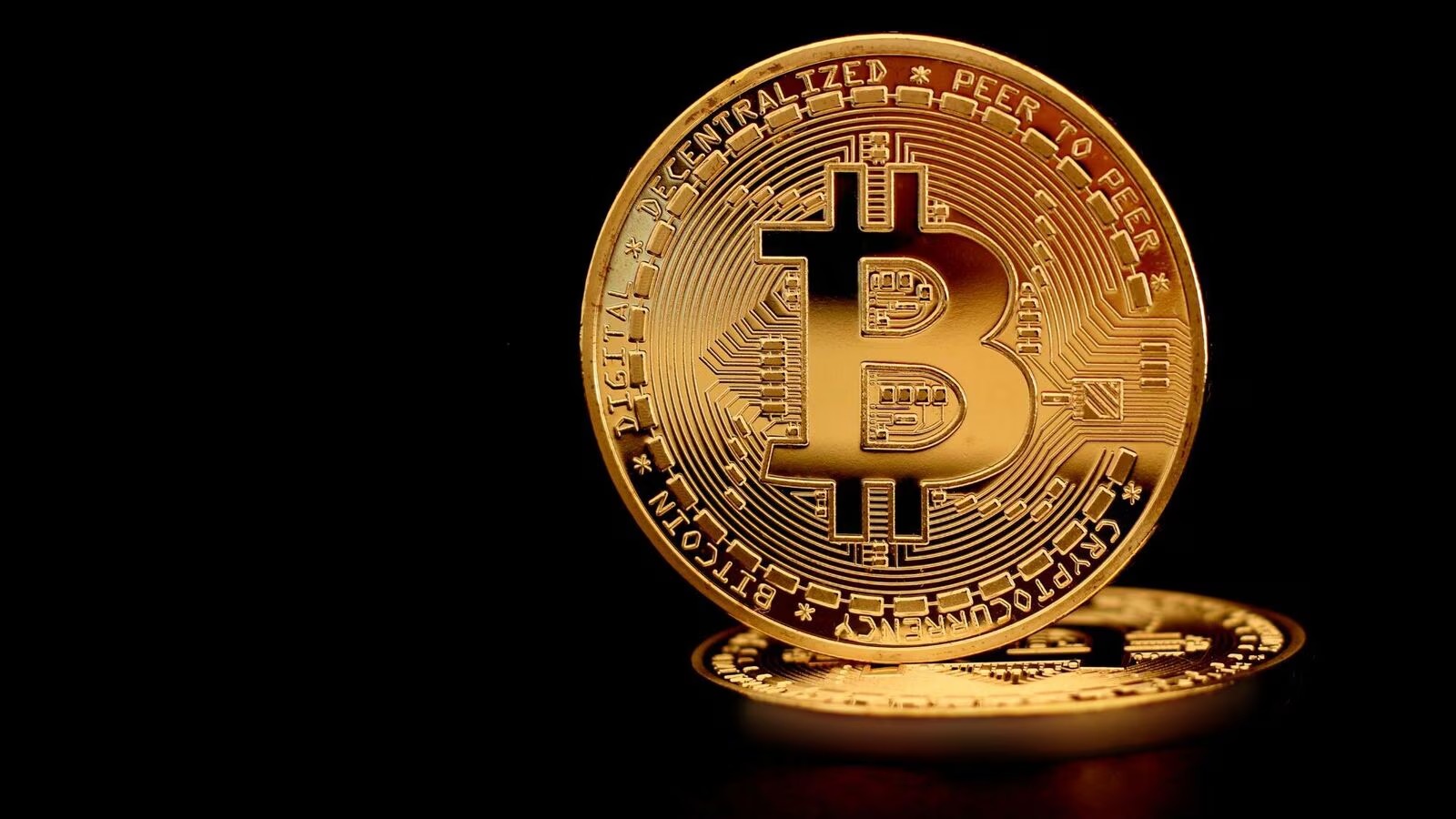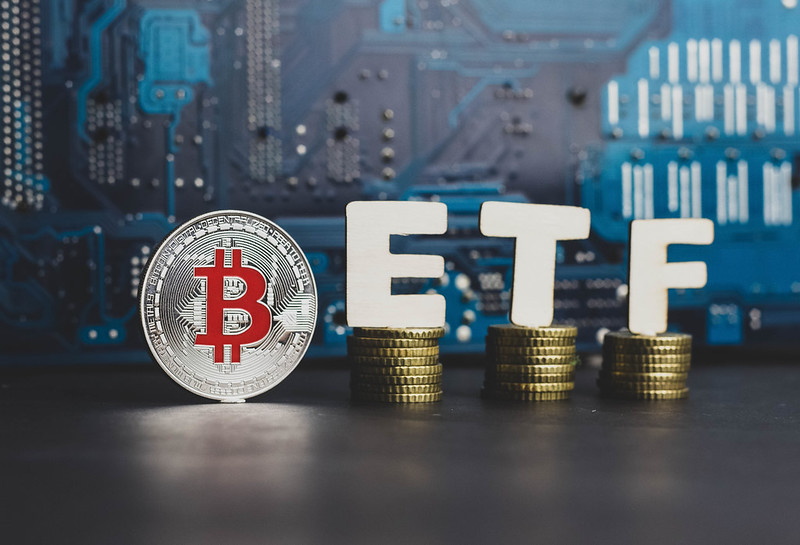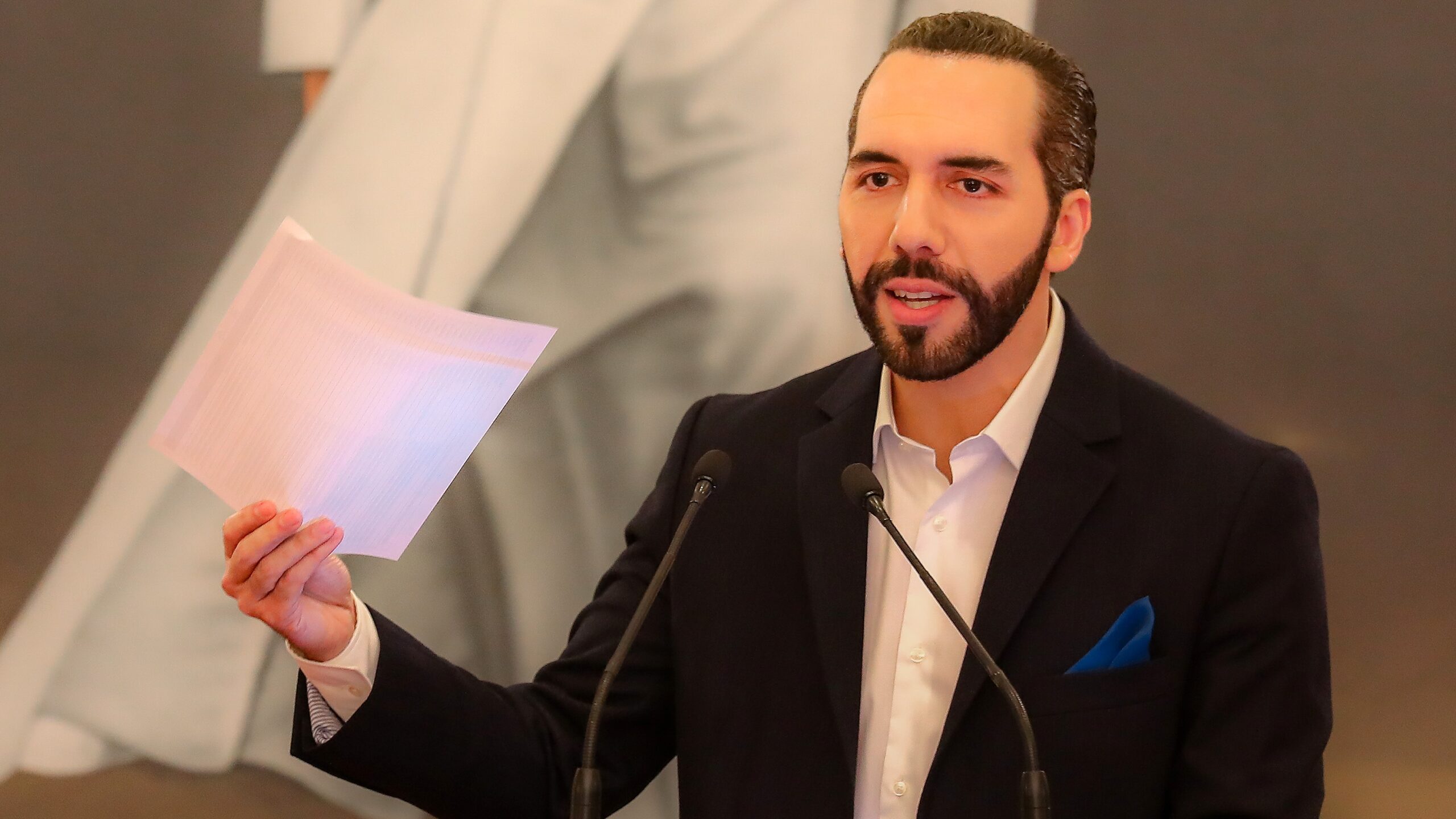Is Gold’s Shine Fading? Tech Stocks and Bitcoin Hint at a Potential Downturn
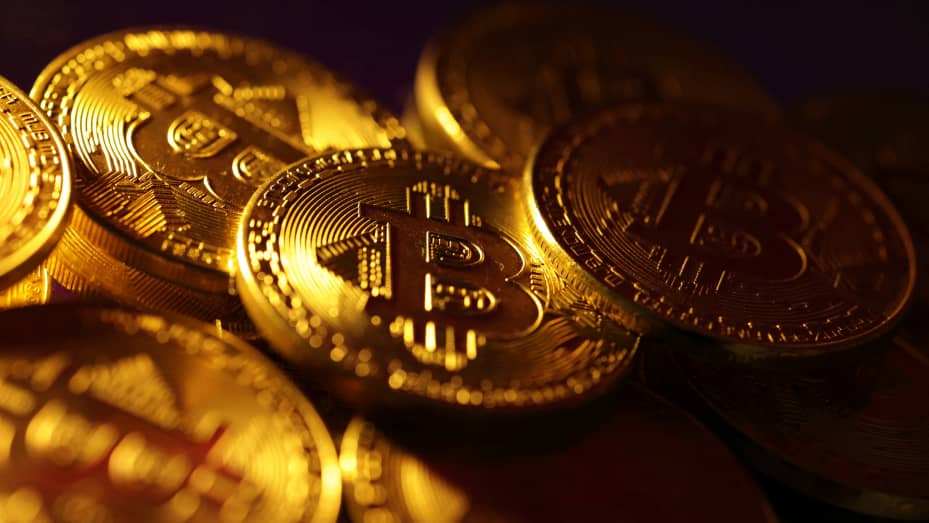
Gold, traditionally a haven asset in times of economic uncertainty, has experienced a recent surge. however, the strong performance of tech stocks and the relative stability of Bitcoin are raising questions about the sustainability of this rally. analysts are reevaluating gold’s position in a market where alternative investments seem to be capturing investor interest.
The current rally in gold might be nearing its peak. the author points to the lackluster performance of gold mining stocks compared to the broader market. historically, gold miners tend to outperform gold itself during bull runs. Their current weakness suggests the momentum behind gold may be waning.
Furthermore, Bitcoin, another asset class often viewed as a hedge against inflation, has shown surprising resilience. Despite not reaching its 2021 highs, Bitcoin has maintained a relatively stable price point. This stability, coupled with the ongoing regulatory uncertainty surrounding cryptocurrencies, could be attracting investors who might otherwise have sought refuge in gold.
The strength of the U.S. dollar also presents a challenge for gold. Historically, a rising dollar puts downward pressure on gold prices as it becomes more expensive for foreign investors to purchase. The recent appreciation of the dollar could be another factor contributing to the muted performance of gold.
However, dismissing gold entirely might be premature. geopolitical tensions and potential economic headwinds remain a concern for investors. Gold’s long-standing reputation as a safe haven asset could still prove valuable if market volatility increases.
“While the current environment seems to favor tech stocks and Bitcoin over gold, gold still holds a place in a well-diversified portfolio,” says financial analyst Michael Jones. “Its historical role as a hedge against inflation and economic downturns shouldn’t be discounted.”
The coming months will be crucial in determining the fate of gold. If the economic recovery continues and the U.S. dollar strengthens further, gold prices could face additional pressure. However, any significant market disruptions or geopolitical turmoil could trigger a renewed flight to safety, propelling gold back into the spotlight.
Investors should carefully consider their risk tolerance and overall portfolio allocation before making any investment decisions regarding gold or any other asset class.
